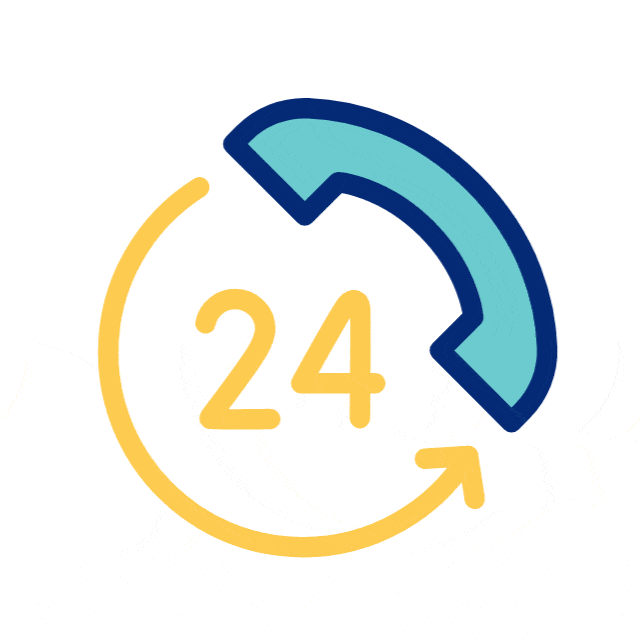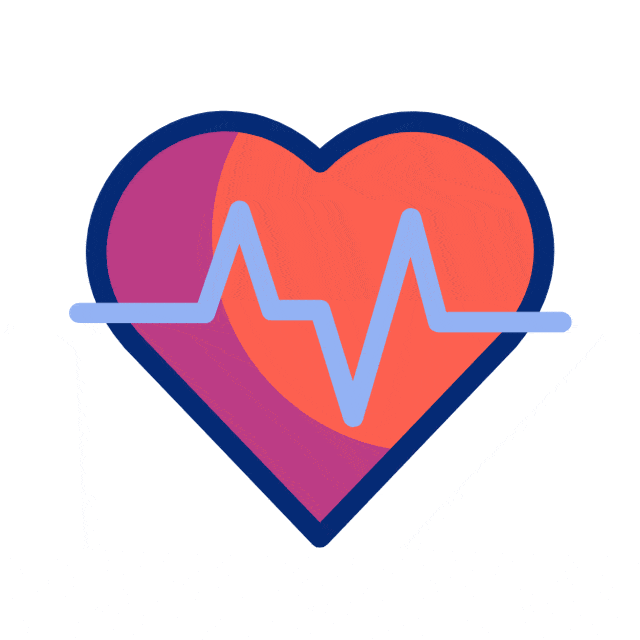Category : Dysphagia
Swallow and Dysphagia
The ability to pass a solid, liquid, gaseous, or mixed-texture bolus from the mouth to the stomach is known as swallowing. Swallowing is a complex act that requires the involvement of central nervous system. This process will be carried out in four phases: Oral transit, oral preparatory, pharyngeal, and oesophagal phases. Dysphagia results from an impairment at one or more of these phases, or at their origin or in their coordination.
Causes of dysphagia
Dysphagia has many possible causes and happens most frequently in older adults. Any condition that weakens or damages the muscles and nerves used for swallowing may cause dysphagia. For example, people with diseases of the nervous system, such as Motor Neuron Disorder, Autoimmune Disorders or Parkinson’s disease, often have problems swallowing. Additionally, head and neck cancer, injuries, infections, and stroke may weaken or affect the coordination of the swallowing muscles or limit sensation in the mouth and throat.
People born with abnormalities of the swallowing mechanism may exhibit difficulty in normal swallow function. Infants who are born with an opening in the roof of the mouth (cleft palate) are unable to suck properly, which complicates nursing and drinking from a regular baby bottle. Finally, for people with dementia, memory loss and cognitive decline may make it difficult to chew and swallow.
Symptoms of dysphagia
With neurological problems, initiating a swallow may be difficult because the tongue cannot propel the bolus into the throat. Elderly individuals with dentures may not chew their food well and, therefore, swallow large pieces of solid food that get stuck. The most common swallowing symptom of dysphagia is the sensation that swallowed food is sticking, either in the lower neck or the chest. If food sticks in the throat, there may be coughing or choking with expectoration of the swallowed food. If food enters the larynx, more severe coughing and choking will be provoked. If the soft palate is not functioning and doesn’t properly seal off the nasal passages, food, particularly liquids, can regurgitate into the nose with the swallow. Sometimes, food may come back up into the mouth immediately after being swallowed. If food enters the larynx, trachea, and/or lungs, it leads to lung infection, which results in aspiration pneumonia.
Role of Speech Language Pathologist in treating dysphagia
Swallowing assessment allows the SLP to integrate information from
- The interview/case history,
- Medical/clinical records, including the potential impact of medications,
- The physical examination,
- Previous screening and assessments,
- Collaboration with physicians and other team professionals. During assessment, SLPs determine whether the patient is an appropriate candidate for treatment and/or management; this determination is based on findings that include medical stability, cognitive status, nutritional status, and psychosocial, environmental, and behavioural factors.
Change in a patient’s functional or medical status may indicate the need for additional assessment. A SLP may additionally monitor a patient’s swallow function at appropriate intervals to determine whether the patient remains safe on the current diet (including adequate intake) and to assess the progress of current intervention strategies. Ongoing assessment may include additional instrumental assessments or may be completed through observation of performance throughout therapy sessions.
Gunasagar S M
Clinical Grade I- Speech Language Pathologist
Certified Swallow Specialist
JSS Institute of Speech & Hearing,
Mysore





